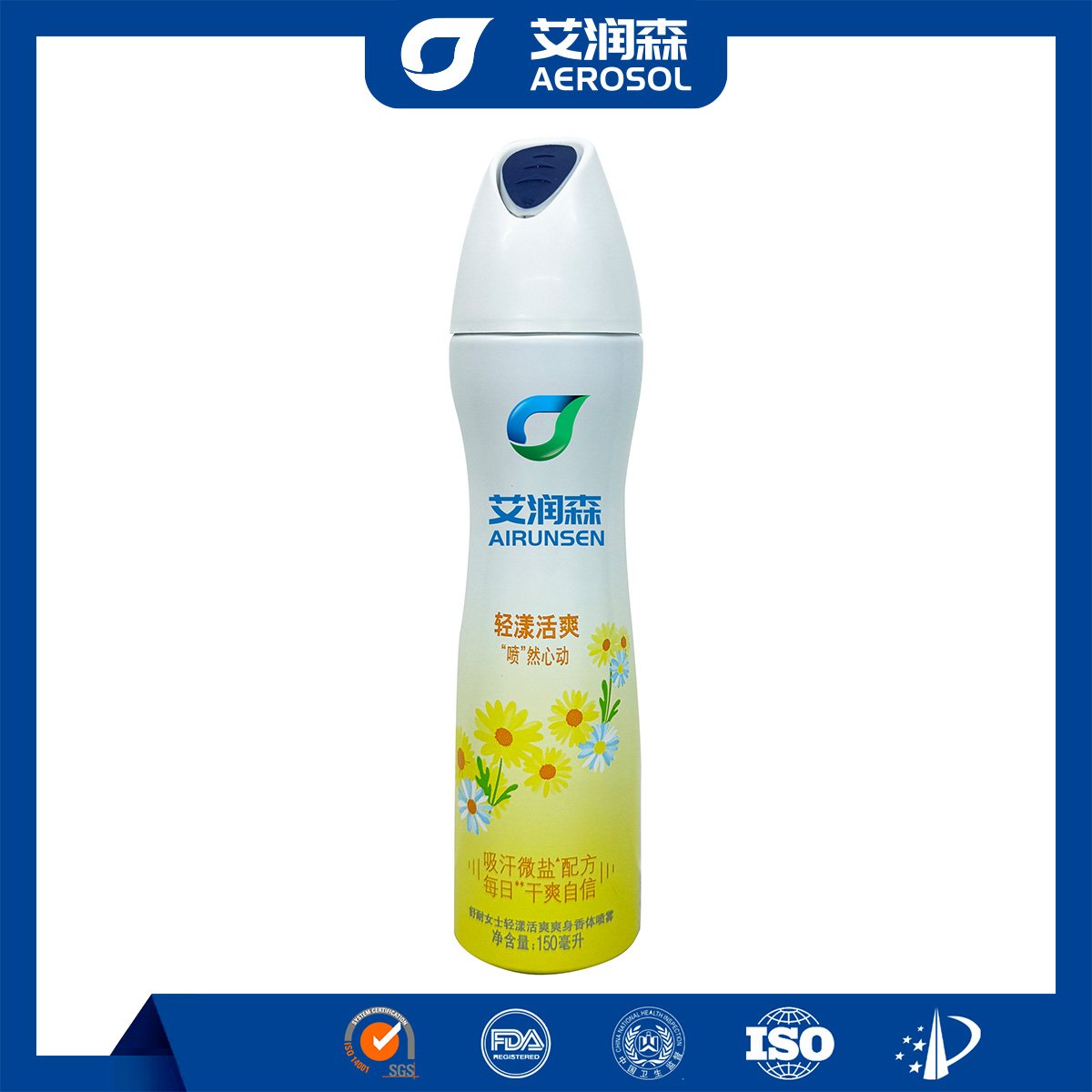- Components
- Resins: They are the fundamental film-forming substances in aerosol paint, including acrylic resins, which offer good weather resistance and gloss, and alkyd resins, known for their excellent adhesion and flexibility.
- Solvents: Solvents like mineral spirits and acetone are used to dissolve resins and adjust the viscosity of the paint, ensuring smooth spraying and even coverage.
- Pigments: Inorganic pigments such as iron oxide for brown and red hues and titanium dioxide for white, as well as organic pigments that provide vivid and bright colors, are added to give the paint its color and opacity.
- Additives: Additives play crucial roles. For example, anti-oxidants prevent the paint from deteriorating due to oxidation, and UV stabilizers protect the paint film from ultraviolet damage, enhancing its durability.
- Propellants: Usually, compressed gases like propane, butane or nitrogen are used as propellants to push the paint out of the can when the nozzle is pressed.
- Functions
- Decoration: It can create a variety of decorative effects. With a wide range of colors and finishes available, such as matte, glossy and metallic, it can meet different aesthetic demands and add beauty to objects and spaces.
- Protection: Aerosol paint forms a protective barrier on the surface of materials. It can prevent metal from rusting by isolating it from air and moisture, and protect wood from moisture, insects and decay, thus extending the service life of the substrates.
- Marking: It is often used for marking purposes. For instance, it can be used to paint signs, numbers and warning marks on roads, construction sites and industrial equipment, providing clear identification and guidance.
- Advantages
- Convenience: It is extremely convenient to use. There is no need for complex painting tools or equipment. Just press the nozzle to start spraying, making it suitable for both professional painters and DIY enthusiasts.
- Quick Drying: Aerosol paint dries relatively fast compared to traditional paints. This allows for shorter waiting times between coats and reduces the overall painting time, improving work efficiency.
- Even Coating: It can achieve an even and smooth coating. The fine mist sprayed out can evenly cover the surface of the object, even in hard-to-reach areas, ensuring a uniform finish.
- Portability: Aerosol paint cans are small and lightweight, making them easy to carry. They can be easily taken to different work sites, enabling on-site painting and touch-ups whenever needed.
- Application Scenarios
- Home Decoration: It is widely used in home improvement projects, such as painting walls, ceilings, furniture, doors and windows. It can also be used to create decorative patterns and effects on DIY handicrafts.
- Automotive Maintenance: In the automotive industry, it is used for repairing scratches and chips on car bodies, as well as painting car interiors and accessories to restore their appearance.
- Industrial Applications: In industrial manufacturing, aerosol paint is used to coat metal parts, machinery equipment, and electronic products to provide protection and improve their appearance. It is also used for marking and coding in factories.
- Art and Design: Artists and designers often use aerosol paint for graffiti, murals, and artistic creations. Its rich colors and easy application make it a favorite tool for expressing creativity and creating unique artworks.

















